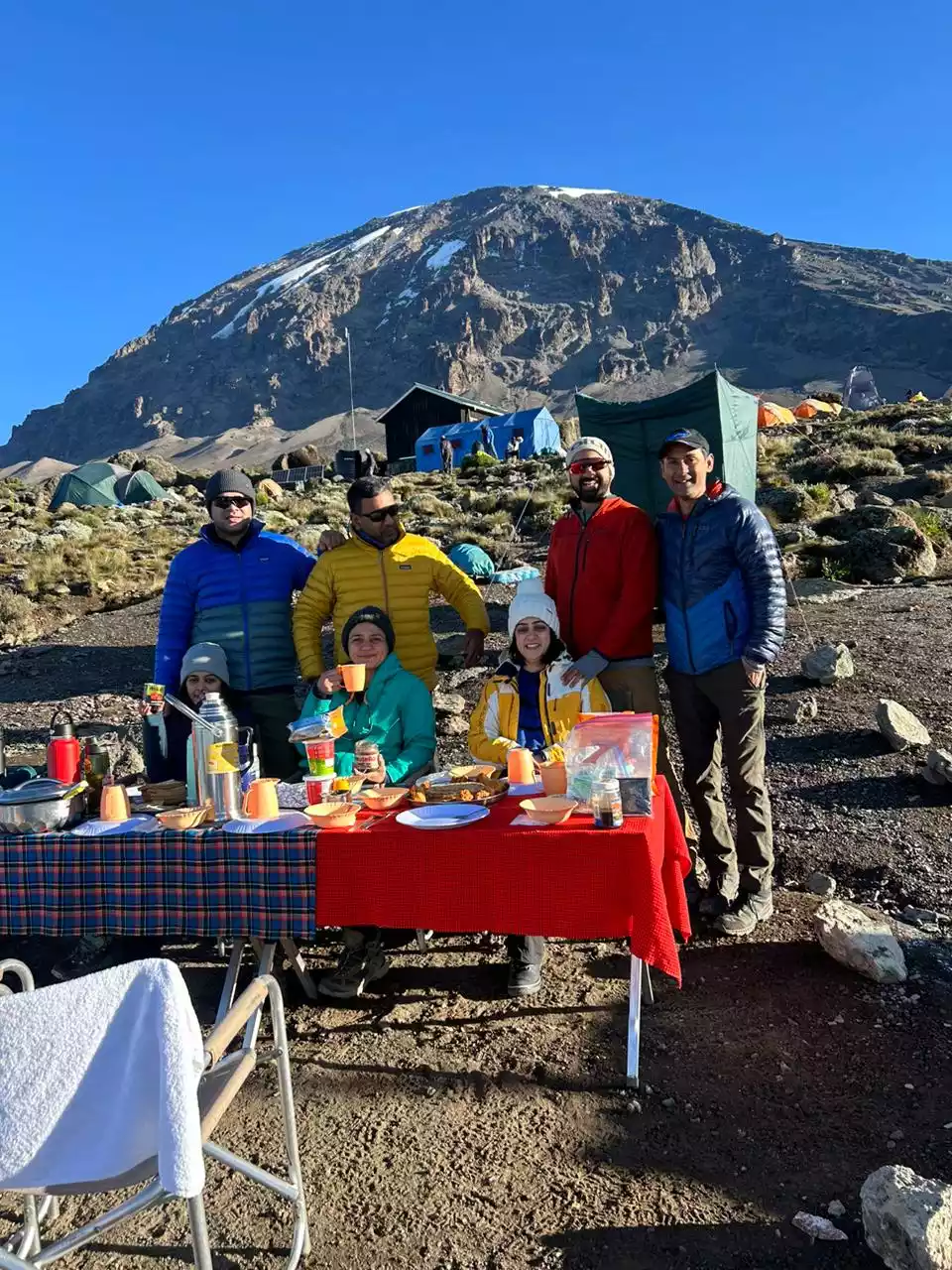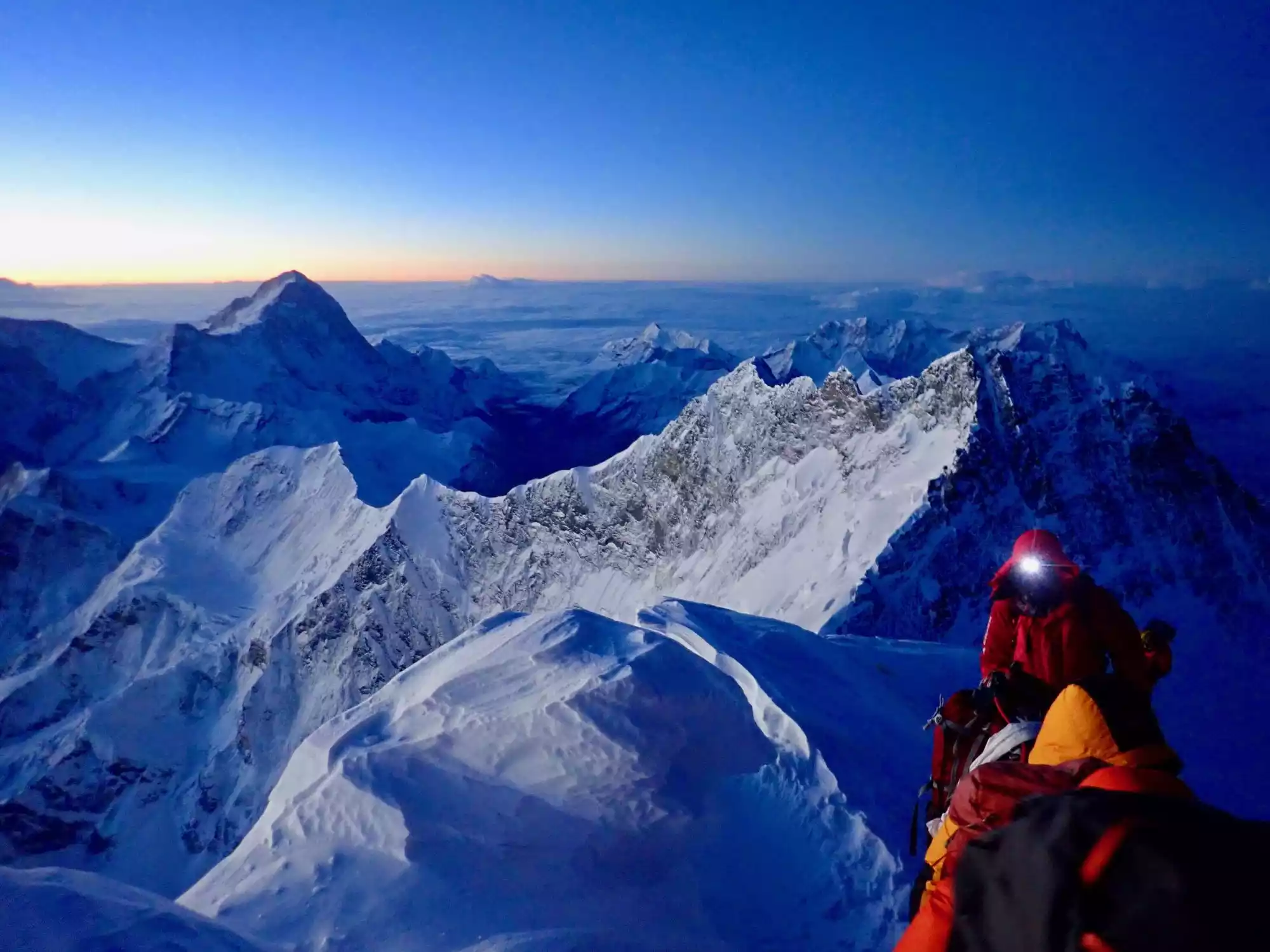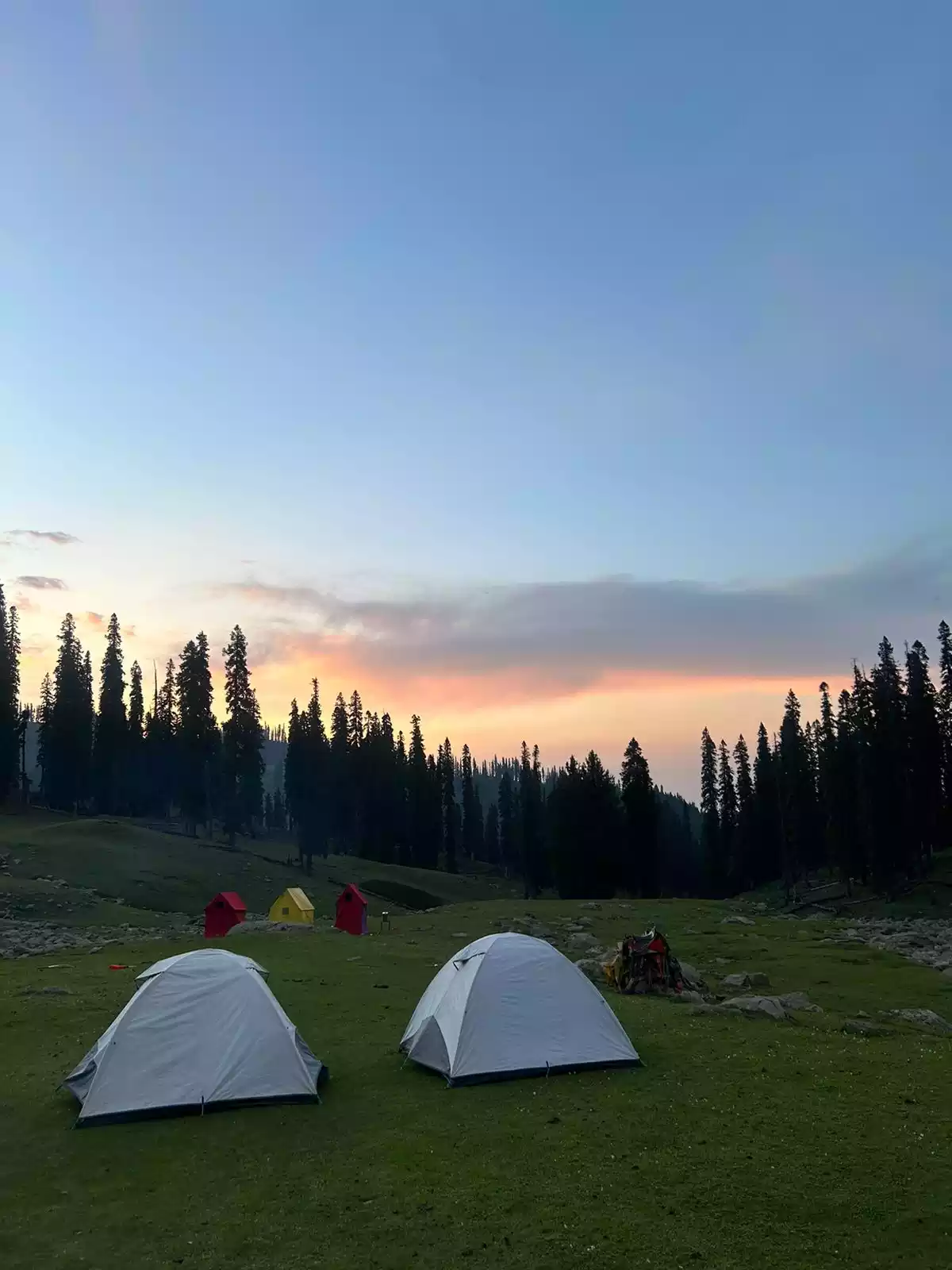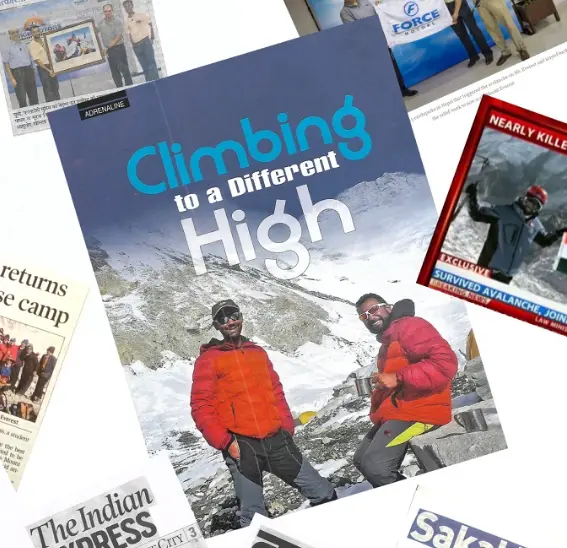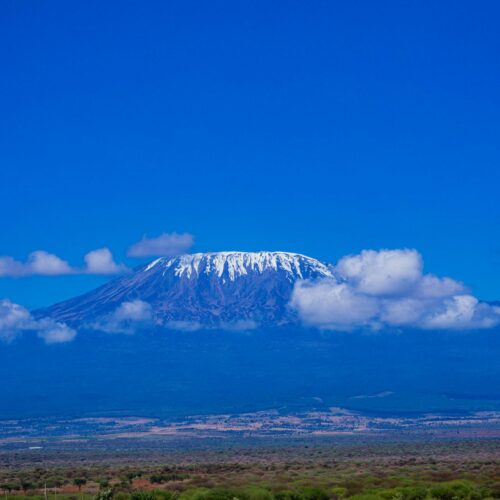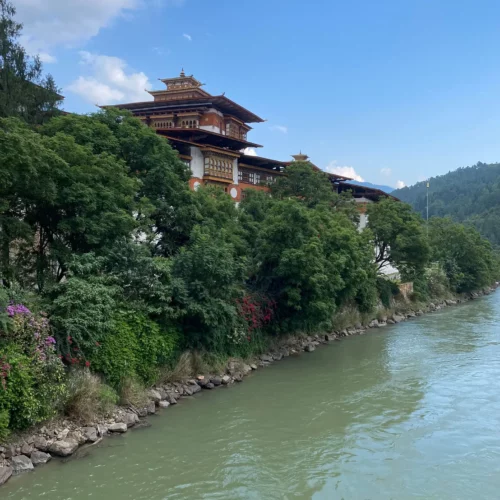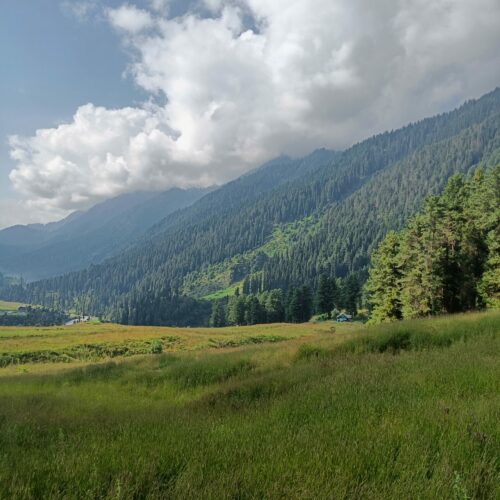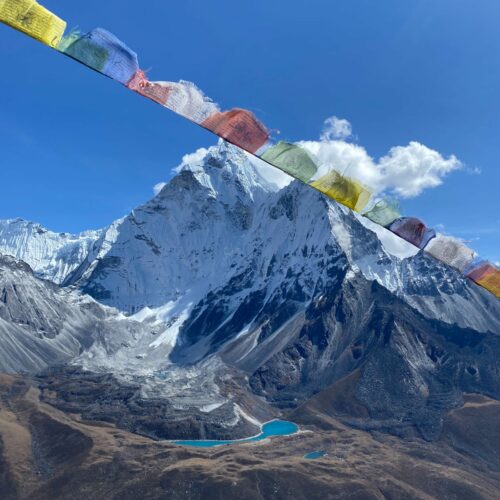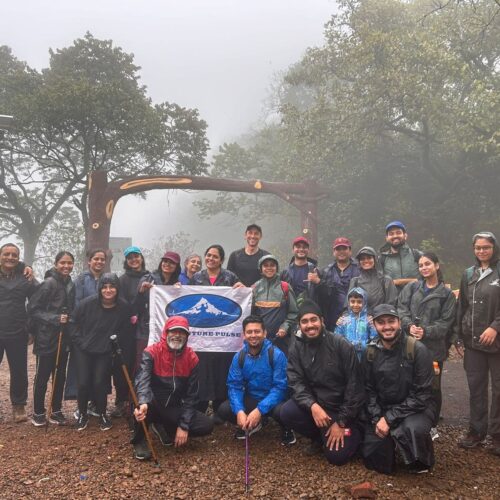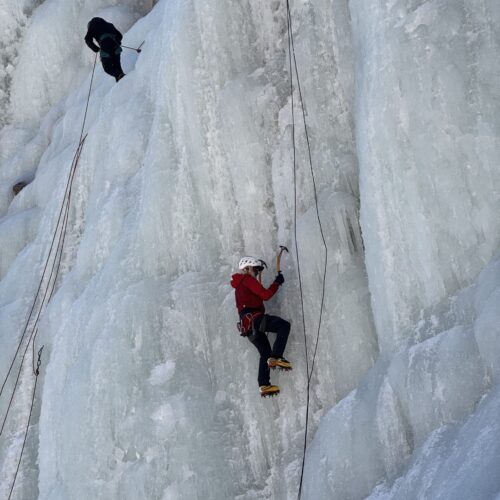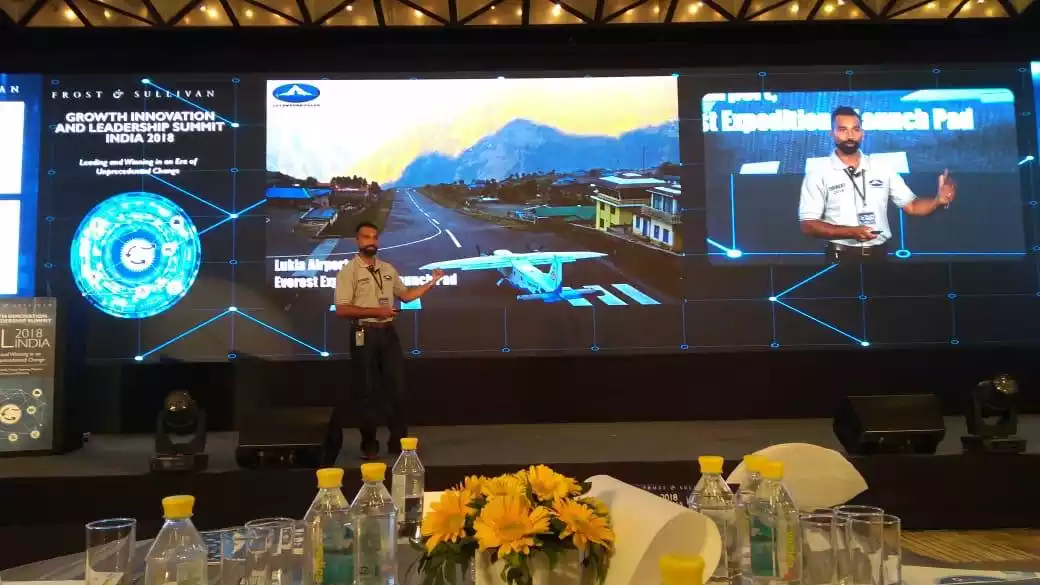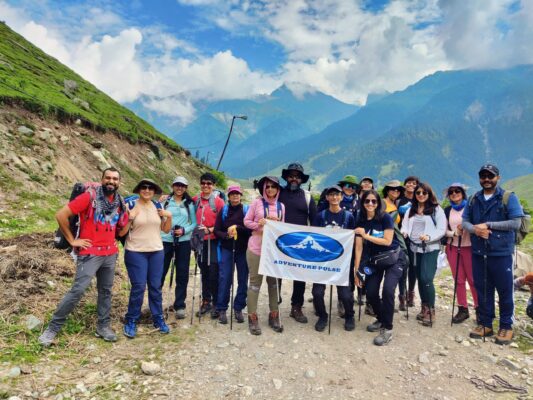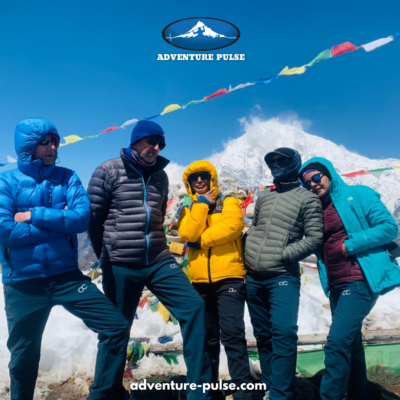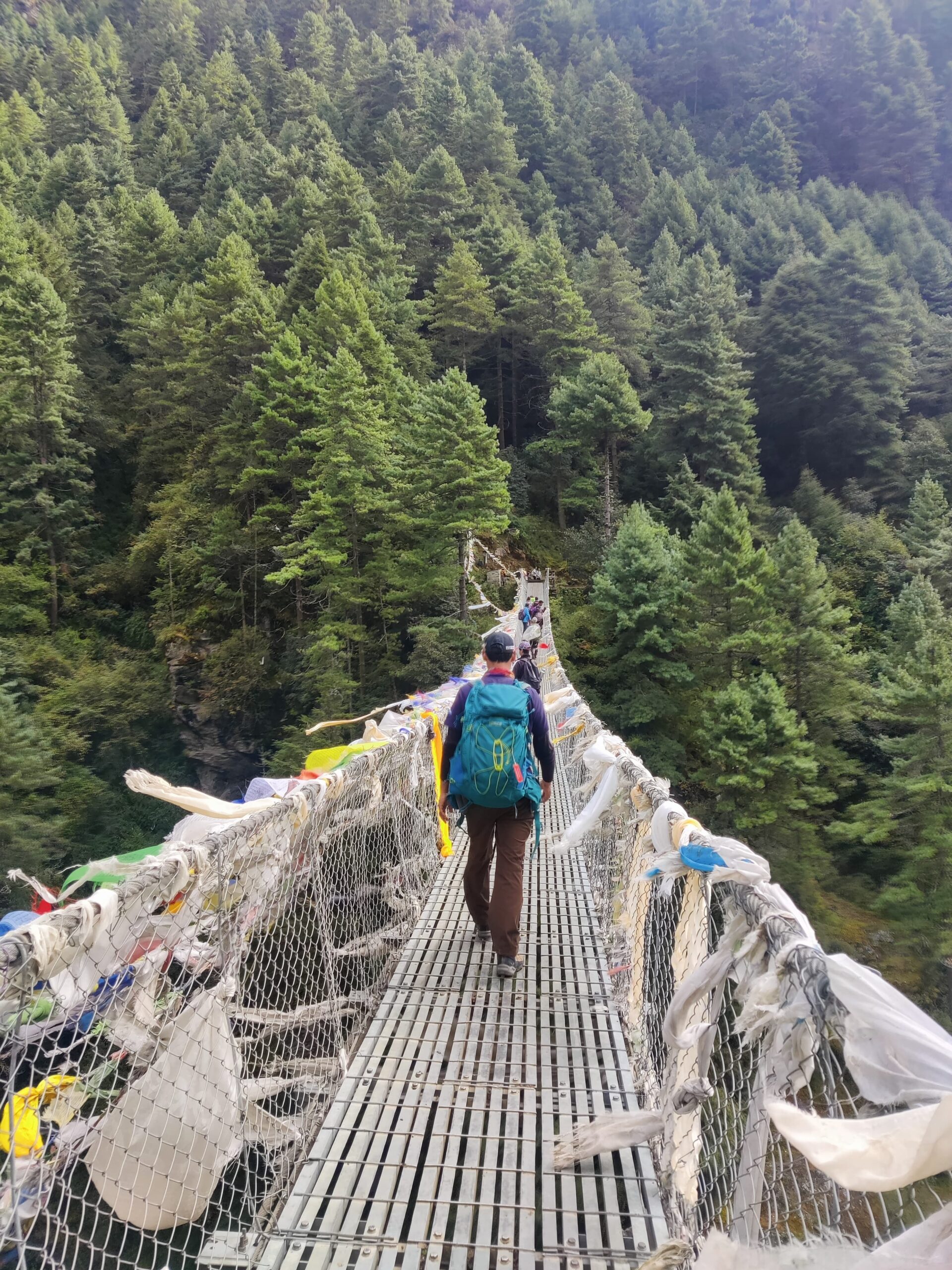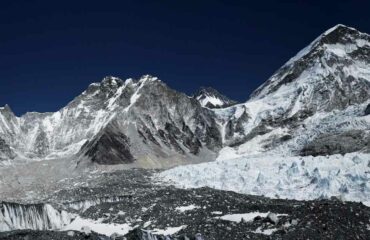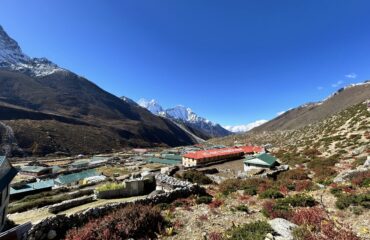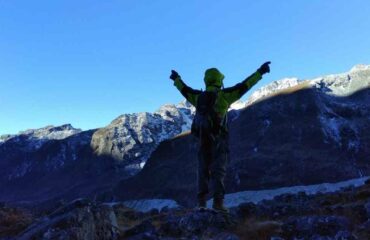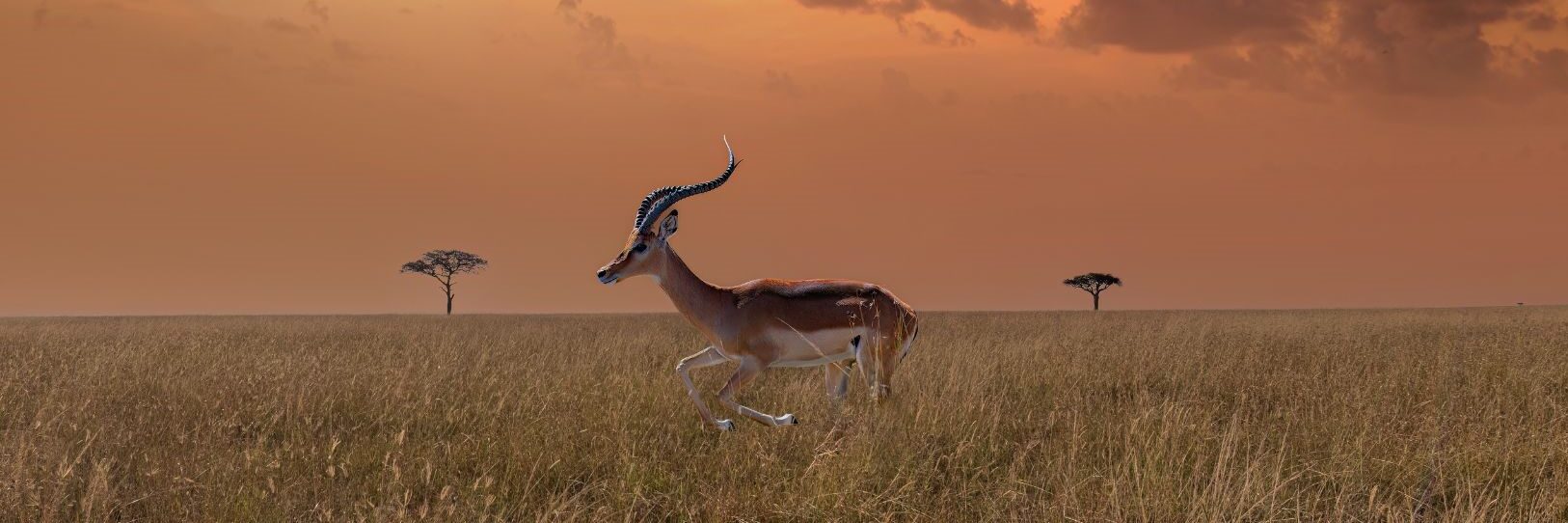
Serengeti National Park, Tanzania
Located in northern Tanzania, Serengeti National Park stands as one of Africa’s most iconic and celebrated wildlife destinations. Spanning approximately 14,750 square kilometers (5,700 square miles), UNESCO has designated it a World Heritage Site. The park is famous for its vast savannahs, diverse ecosystems, and extraordinary wildlife.
The Great Migration, an annual event where millions of wildebeest, zebras, and gazelles move across the plains in search of fresh grazing lands, attracts attention worldwide. This natural spectacle, often hailed as one of the greatest on Earth, draws predators like lions, cheetahs, and hyenas, creating unmatched wildlife viewing opportunities for visitors.
In addition to the migration, Serengeti National Park hosts the Big Five—lions, leopards, elephants, rhinos, and buffalo—along with giraffes, hippos, crocodiles, and more than 500 bird species. The park’s diverse landscapes include open grasslands, acacia woodlands, and rocky outcrops called kopjes, which serve as prime lookout points for big cats.
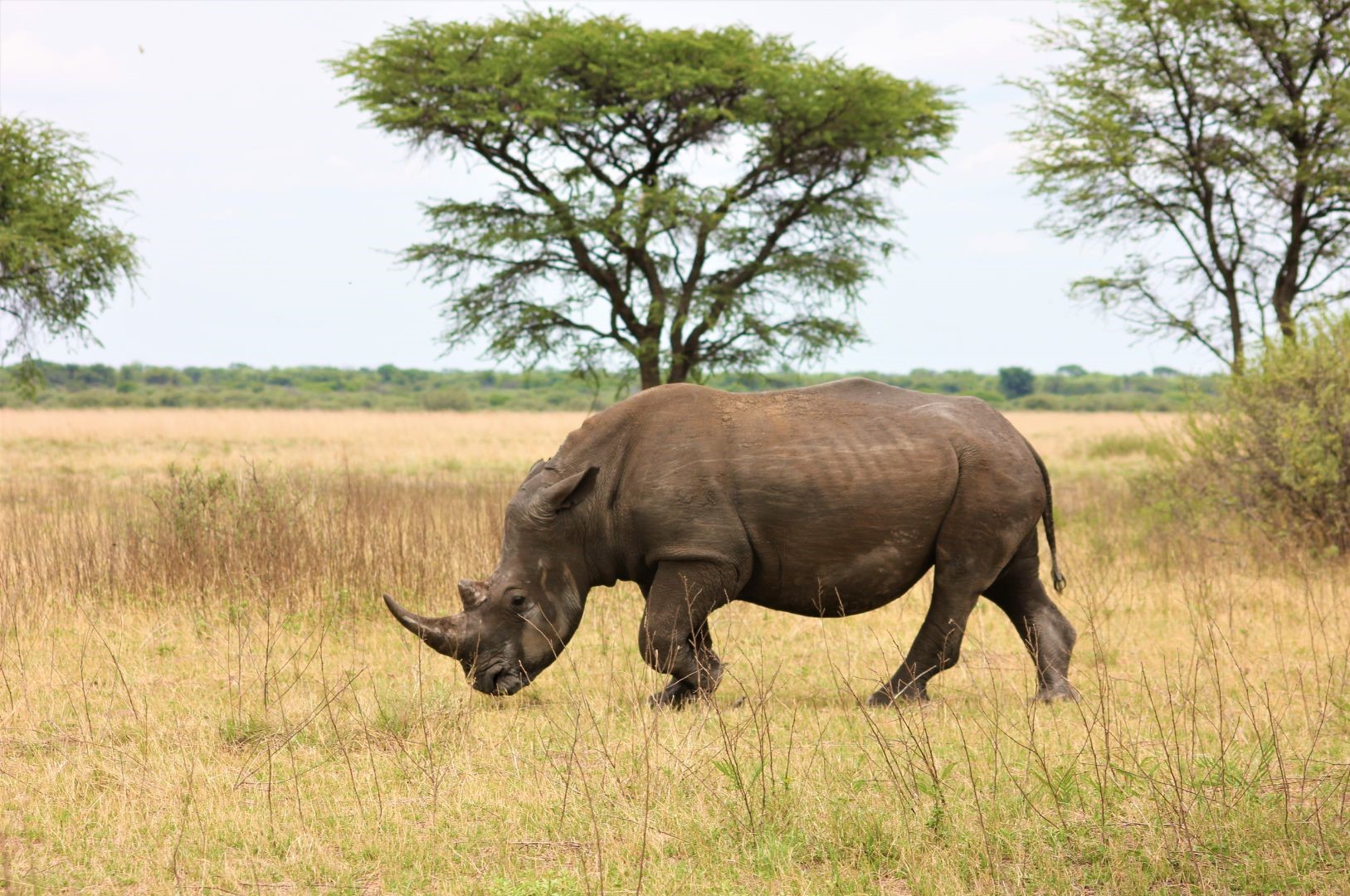
Serengeti National Park divides into three main regions: the Seronera Valley (Central Serengeti), the Western Corridor, and the Northern Serengeti. Each region offers unique wildlife experiences and scenic beauty. Visitors can engage in activities such as game drives, hot air balloon safaris, walking safaris, and cultural interactions with the Maasai people.
Best Time
The best time to visit Serengeti National Park depends on wildlife movements. The dry season (June to October) provides ideal conditions for general safaris, while the migration reaches its peak between December and July as it moves across different regions of the park.
With its breathtaking landscapes, rich biodiversity, and unforgettable wildlife encounters, Serengeti National Park remains one of the world’s premier safari destinations, offering an unparalleled African adventure.
How to Reach
Serengeti National Park, one of Tanzania’s most iconic destinations, welcomes visitors by both air and road. The park connects well to major cities like Arusha, Kilimanjaro, and Dar es Salaam, making it a convenient and popular choice for safari enthusiasts.
Travelers can reach Serengeti National Park most quickly and conveniently by flying. Several local airlines, including Coastal Aviation, Auric Air, and Safari Air Link, operate scheduled and chartered flights from Arusha, Kilimanjaro, or Dar es Salaam to the park’s airstrips.
Flights from Arusha or Kilimanjaro International Airport (JRO) typically take 1–2 hours, offering a quick and comfortable journey. For international travelers, Kilimanjaro International Airport (JRO), situated between Arusha and Moshi, serves as the nearest major airport. From there, visitors can take a domestic flight or drive to the Serengeti.
For those seeking a scenic adventure, traveling to Serengeti by road offers an excellent option. From Arusha, the drive to Serengeti takes approximately 7–8 hours (325 km) via Ngorongoro Conservation Area or Lake Manyara National Park, providing breathtaking views of the Great Rift Valley, Maasai villages, and wildlife-rich landscapes.
Entry Points of the Park
The park has several entry points, each suited to different travel plans.
Naabi Hill Gate serves as the main entrance from the Ngorongoro side and offers easy access to the Central Serengeti. Ndabaka Gate works best for travelers arriving from Mwanza or Lake Victoria, while Klein’s Gate leads visitors into the Northern Serengeti near the Mara region.
Duration of Safaris
The duration of a safari in Serengeti National Park varies based on factors such as budget, time constraints, and travel preferences. Travelers can choose from options ranging from one-day excursions to extended adventures.
Short safaris, lasting 1–3 days, work best for travelers with limited time or those combining the Serengeti with other destinations. A 1-day safari offers a quick game drive, but it doesn’t provide a full experience. A 2–3-day safari allows visitors to explore the Central Serengeti (Seronera) and spot iconic wildlife, including the Big Five (lion, leopard, elephant, buffalo, and rhino). These shorter safaris suit visitors starting from Arusha or Ngorongoro Conservation Area.
For a more comprehensive experience, 4-5 day safaris are the most popular choice. This duration lets travelers explore multiple regions of the park, such as Seronera (Central Serengeti), the Western Corridor, or the Northern Serengeti, depending on the season. It offers ample time for game drives, wildlife photography, and relaxation at lodges or tented camps. This timeframe is also perfect for witnessing the Great Migration, depending on the travel period.
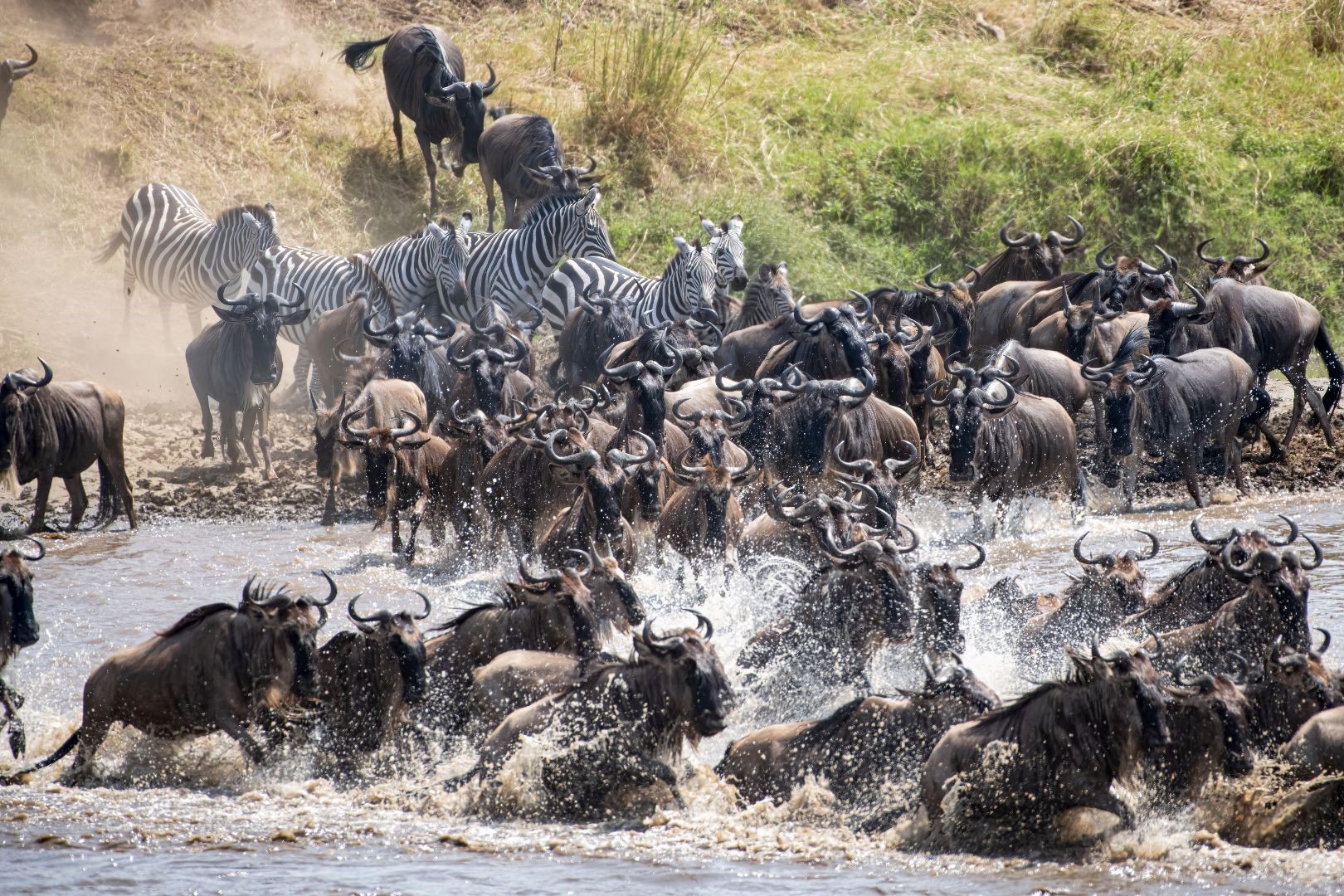
For wildlife enthusiasts seeking an in-depth adventure, extended safaris of 6–10 days provide an ideal experience. These safaris let visitors explore the entire Serengeti ecosystem, including Southern Serengeti (Ndutu), Central Serengeti, Northern Serengeti (Mara River), and Western Serengeti. Extended safaris increase the chances of spotting predators, rare species, and diverse landscapes. They also offer time for additional activities, such as hot air balloon safaris, cultural visits to Maasai villages, and night safaris in nearby reserves.
Wildlife Experiences
Serengeti National Park ranks among the world’s most renowned wildlife destinations. Here are some of the top wildlife encounters visitors can experience in the Serengeti.
- Witnessing the Great Migration remains one of the most breathtaking wildlife experiences in the Serengeti. Each year, over 1.5 million wildebeest, along with thousands of zebras and gazelles, journey across the plains in search of fresh grazing lands. The migration follows a cyclical pattern, with the calving season occurring between January and March in the Ndutu region. The sight of thousands of newborns attracts predators like lions, cheetahs, and hyenas.
- From July to September, one of the most dramatic events occurs at the Mara River in the northern Serengeti. Here, massive herds attempt to cross crocodile-infested waters, creating a thrilling spectacle of survival and endurance.
- Serengeti is one of the best places in Africa to see the iconic Big Five—lion, leopard, elephant, buffalo, and rhino. Lions are the most commonly sighted, often lounging on rock formations or hunting in coordinated prides in Central Serengeti (Seronera). Leopards, though elusive, frequently rest on tree branches in riverine forests and tree-covered areas. Elephants and buffalos roam in large numbers, especially in the western and northern Serengeti, where food and water sources are abundant.
- The Serengeti boasts one of the highest concentrations of predators in Africa, offering thrilling wildlife encounters. Cheetahs thrive in the open plains, where they expertly chase down gazelles. Hyenas and African wild dogs are often seen hunting cooperatively or scavenging from other predators. Lions, the most dominant predators in the park, are abundant and frequently observed in action, especially during the early morning and late evening hours when they are most active.
- The Grumeti and Mara Rivers in the Serengeti provide a thriving habitat for large pods of hippos and formidable Nile crocodiles.
Bird watching in Serengeti National Park
Serengeti National Park serves as a paradise for birdwatchers, boasting over 500 species of resident and migratory birds. The vast grasslands host flightless birds like ostriches, secretary birds, and Kori bustards, which roam the open plains. Seasonal lakes and marshes attract large flocks of flamingos, pelicans, and herons, adding vibrant color to the landscape.
National Park Regulations
- Visitors must obtain a valid permit before entering Serengeti National Park. Entry fees depend on nationality, activities (like game drives or walking safaris), and age. It’s best to arrange permits in advance through authorized channels, though visitors can also get them upon arrival.
- Visitors must be accompanied by a licensed guide inside the park. Guides enhance safety and provide valuable knowledge about the park’s wildlife and ecosystems, while ensuring visitors follow regulations to protect the environment.
- Respect wildlife by avoiding feeding, disturbing, or capturing animals. Always observe from a safe distance and keep noise and movement to a minimum to prevent stress on the wildlife.
- Camping is only allowed at designated campsites to protect the park’s beauty and wildlife. Follow waste disposal procedures and leave campsites clean.
- Carrying firearms, weapons, or explosives is prohibited for safety and conservation. Follow park security protocols to maintain a safe environment.
- Stay on designated roads and trails, as off-road driving is prohibited. This protects habitats and reduces soil erosion. Follow speed limits to ensure safety for both wildlife and visitors.
- Dispose of waste properly in designated bins or take it with you. Littering is prohibited and can result in fines or removal from the park.
- Avoid loud noises to respect wildlife and other visitors. Keep the atmosphere peaceful to allow animals to behave naturally and ensure a pleasant experience for all.
Network Availability
Network availability in Serengeti National Park is limited due to its remote location and vast, undeveloped landscapes. While the park offers an unparalleled safari experience, visitors should prepare for restricted access to mobile networks, internet services, and other communication infrastructure.
Mobile network coverage in Serengeti is sparse and varies by region. Near the park’s entrance gates and some lodges, you might find weak to moderate signals from major Tanzanian providers like Vodacom, Airtel, and Tigo. However, as you venture deeper into the park, especially in areas like the Seronera Valley, Western Corridor, or Northern Serengeti, connectivity becomes increasingly unreliable. The park’s expansive savannahs, dense woodlands, and rocky outcrops often block signals, making it difficult to make calls or send messages. Visitors should not rely on mobile phones for consistent communication during their safari.
Tipping Culture
Tipping is a significant part of Tanzanian culture, including in Serengeti National Park. It shows appreciation for the hard work and dedication of guides, drivers, porters, and other staff who make your safari experience memorable.
Understanding the tipping culture ensures visitors can express gratitude in a fair and respectful way. Safari guides and drivers typically receive the majority of tips in Serengeti. They ensure your safety, share knowledge about wildlife and ecosystems, and enhance the safari experience. A typical tip ranges from $10 to $20 per day per person, depending on service quality, safari length, and group size.
For private guides or exceptional service, consider tipping at the higher end of this range. In group tours, tips are often pooled and distributed among the team.
Tipping is usually done in US dollars, although Tanzanian shillings are accepted. US dollars are preferred, especially in remote areas due to their ease of exchange.
Tipping not only shows appreciation but also supports the local economy and sustainable tourism. By tipping appropriately, visitors contribute to local communities, funding development projects, conservation efforts, and tourism infrastructure.
Parting Thoughts
Serengeti National Park is one of the most popular destinations worldwide, known for its rich biodiversity and immersive experience. With its rich flora and fauna, this journey will surely leave you with an experience filled with nature and adventure.
If you are trekking Mount Kilimanjaro, consider adding this excursion. Serengeti offers the perfect opportunity to immerse yourself in Africa’s raw wilderness—probably the best way to celebrate your summit victory!
Follow us on Social Media – LinkedIn | TripAdvisor | Instagram

